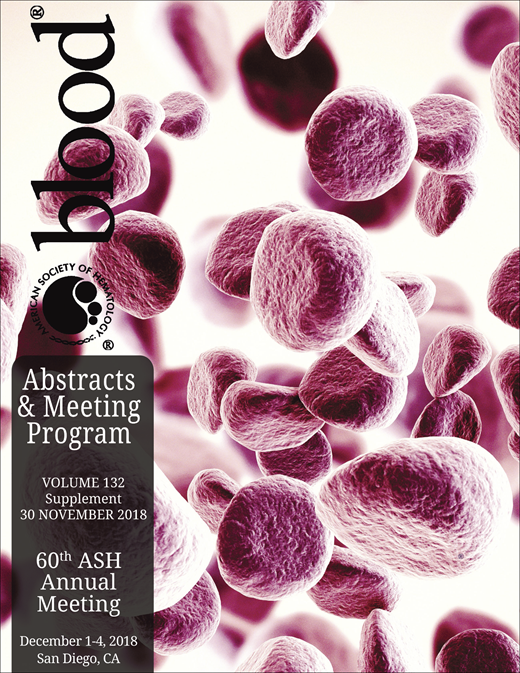Abstract
Platelets are fundamentally important in normal hemostasis and pathological thrombosis (i.e. cardiovascular diseases, stroke, etc.). Platelets mediate the initial first-step in hemostasis through surface glycoproteins like the GPIb-IX-V complex and integrin αIIbβ3 (GPIIbIIIa). Although the functions of platelet surface glycoproteins are well known, the roles of posttranslational modifications on those surface glycoproteins are poorly understood. We have recently shown that sialic acid is a key regulator of platelet survival. As platelets circulate and age in blood, they lose sialic acid and are rapidly cleared by the hepatocytes where they stimulate liver TPO production and consequently regulate thrombopoiesis. Here, we investigated the importance of glycosylation to platelet function by measuring the impact of sialic acid content on platelet responses to thrombin activation.
Freshly isolated wild-type washed platelets were treated with a2-3, -6, -8 sialidase (neuraminidase, NA) to remove sialic acid from the platelet surface glycoproteins or with a competitive NA inhibitor, 2-deoxy-2,3-dehydro-N-acetylneuraminic acid (DANA) to prevent sialic acid loss by the action of sialidases. After treatment with both NA and DANA, platelets were activated with Thrombin (THR, 0.1U/mL). As controls, aliquots of freshly isolated wild-type washed platelets were left untreated (Rest), only treated with neuraminidase (NA) or activated with Thrombin (THR). First, we measured b-galactose exposure using RCA-I lectin to test the efficacy of treatments. As expected, NA treated platelets showed significantly higher RCA-I binding when compared to Rest, THR and DANA treated platelets. Noteworthy, RCA-I binding to THR activated platelets was higher than Rest or DANA + THR platelets.
We next investigated the effect of NA and DANA treatments of platelet degranulation. Thrombin activated platelets showed high level of P-selectin surface exposure when compared to Rest platelets. NA treatment alone caused low P-selectin exposure (~18% positive platelets) and NA + THR treated platelets showed high levels of P-selectin similar to THR only treatment. Interestingly, DANA +THR platelets showed a lower percentage of P-selectin positive platelets when compared to THR activation only (~50% compared to ~85%). In platelets, thrombin signaling is mediated by PARs, G-protein-coupled receptors that trigger several intracellular pathways, including phosphorylation of several proteins. We next investigated if glycan remodeling of surface glycoproteins could alter the intracellular signaling triggered by Thrombin. Our data shows that NA + THR platelets have increased phosphorylated Akt when compared to THR alone and pretreatment with DANA dampens the phosphorylation signal triggered by THR activation. These data suggest that the glycosylation status of surface glycoproteins on platelets regulates thrombin-induced activation.
Neuraminidases are lysosome-resident enzymes, they act primarily intracellularly but can also be recruited to the cell surface. Studies have shown that Neu1, one of the neuraminidase isoforms, regulates lysosome exocytosis by desialylation of LAMP1. Flow cytometry analysis of LAMP1 surface expression showed that THR activation induced LAMP1 surface exposure when compared to Rest. NA treatment did not affect LAMP1 surface exposure caused by THR, but DANA treatment completely blocked LAMP1 translocation to the surface, suggesting that Neuraminidase is a regulator of lysosomal exocytosis in platelets.
Taken together, our data shows that sialic acid is a potential regulator of platelet function. More studies are needed to identify platelet glycoproteins affected by sialic acid changes. Nonetheless, these data illustrate that glycan remodeling is ideally suited for therapeutic manipulation to prevent undesired platelet activation.
No relevant conflicts of interest to declare.
Author notes
Asterisk with author names denotes non-ASH members.

